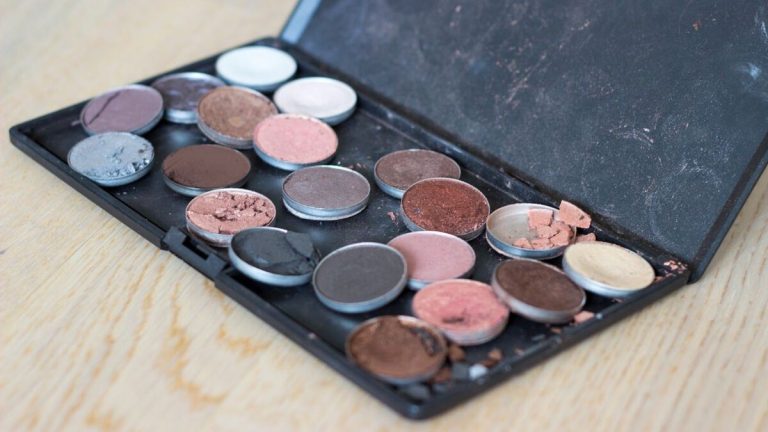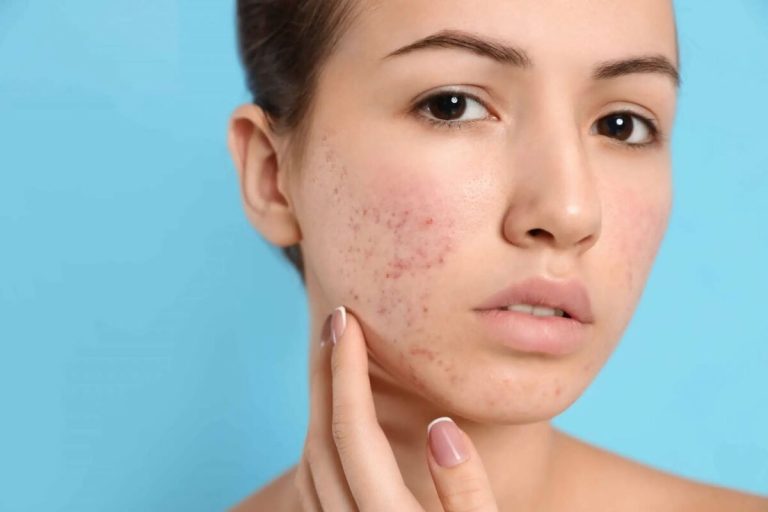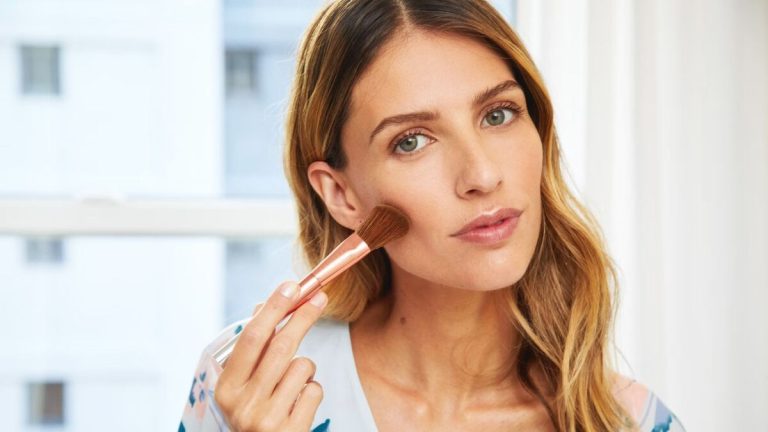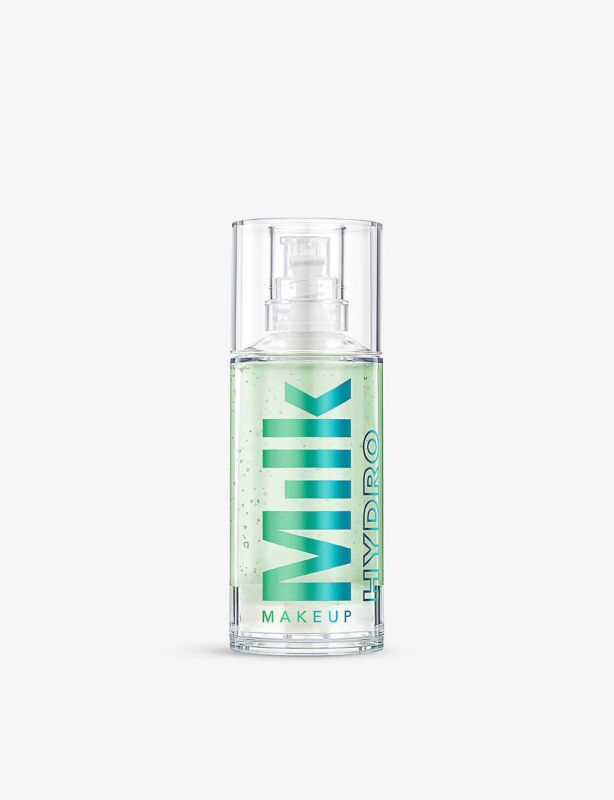Does lip gloss have whale sperm? What You Need to Know
Millions of women and girls use lip gloss, which is a beloved cosmetic. With its ability to make lips appear smoother, shinier, and more lustrous, lip gloss has become a staple in makeup bags everywhere. But an urban legend has circulated for years that the secret ingredient giving lip gloss its signature glossy look is actually sperm from whales. This claim has caused many to wonder: Does lip gloss really contain whale sperm?
In this article, I will examine the debate over whale sperm in lip gloss and get to the bottom of this urban legend. We’ll take a look at what lip gloss is actually made of, how it’s produced, and whether there is any truth to the supposed presence of whale sperm or other animal byproducts in lip glosses.
The Main Ingredients of Lip Gloss
Contents
- The Main Ingredients of Lip Gloss
- A Look at the History and Popularity of Lip Gloss
- How Exactly Is Lip Gloss Produced?
- Benefits of Using Lip Gloss for Your Lips
- Potential Risks of Lip Gloss – And How to Avoid Them
- How to Safely Use Lip Gloss
- Is Lip Gloss Really Made from Whale Sperm?
- Does Lip Gloss Contain Spermaceti?
- Does Lip Gloss Contain Ambergris?
- A Look at How Lip Gloss Is Made
- Is Lip Balm Made from Whale Sperm?
- Do Lip Plumpers Contain Whale Byproducts?
- Is There Whale Sperm in Perfumes?
- Animal Byproducts Sometimes Used in Lip Gloss
- Potential Health Risks of Whale Sperm in Cosmetics
- In Conclusion
Lip gloss is a cosmetic product applied to the lips to give them a wet, glossy, and shiny appearance. The main ingredients in most conventional lip glosses include:
- Oils such as castor oil, mineral oil, and olive oil. The oils provide moisture and that signature shiny look.
- Waxes, such as beeswax, carnauba wax, and candelilla wax. Waxes give lip gloss its thick, smooth texture.
- Pigments – These are added to give lip glosses their color, such as shades of pink, red, plum, nude, etc. Popular pigments include iron oxides and titanium dioxide.
- Flavorings and fragrances: for a yummy scent and taste. Common lip gloss flavors are strawberry, vanilla, coconut, mint, and citrus fruits.
So, as you can see, the ingredients are quite straightforward. There are no whale sperm listed.
A Look at the History and Popularity of Lip Gloss
Lip gloss, as we know it today, became popular in the 1970s. Before that, women would use products like petroleum jelly to give their lips a subtle shine. However, the creation of modern lip gloss revolutionized lip products.
Lip gloss allowed women to achieve bolder, glossier lips compared to traditional lipstick. And unlike sticky lip glosses of the past, new formulas felt smooth. Lip gloss also comes in a wide range of shades to complement different skin tones.
Both young and old women use lip gloss today, which is still in style. It’s perfect to wear alone for a low-key makeup look or layered on top of lipstick for extra oomph. Lip gloss chains like Lip Smackers and Bonne Bell Lip Smackers have cemented their popularity across generations.

How Exactly Is Lip Gloss Produced?
Now that we know the typical ingredients in lip gloss, let’s look at how it’s actually made:
- Base ingredients – The process starts by blending oils like petroleum jelly or beeswax. These give lip gloss its creamy, thick texture.
- Additional ingredients – Next, other components like mineral oils for moisture and iron oxides for pigment are added in. Flavorings and fragrances are also incorporated.
- Mixing – The ingredients are thoroughly mixed at heated temperatures to properly blend.
- Cooling and pouring – The gloss mixture is then cooled down and poured into lip gloss tubes and componentry.
- Packaging – Finally, the lip gloss is packaged into squeezable tubes with applicator wands. The gloss is allowed to completely cool and set before packing for shipment.
As you can see, the manufacturing process is mechanical and chemistry-based. There is no incorporation of any animal ingredients like whale sperm during production.
Benefits of Using Lip Gloss for Your Lips
Using a quality lip gloss provides many benefits for your lips:
- UV protection – Many lip glosses contain SPF to shield lips from sun damage. This helps prevent hyperpigmentation and wrinkling.
- Moisturization – Lip gloss seals in moisture and provides a protective barrier to keep your lips hydrated. No more chapped, flaky lips!
- Soothing properties – The oils in lip gloss give a soothing effect to dry, irritated lips. Just one swipe provides relief.
- Choosing lip glosses with SPF is highly recommended for lips that are often exposed to the elements. The sun protection will keep your lips smooth and youthful.
Potential Risks of Lip Gloss – And How to Avoid Them
While lip glosses provide ample lip benefits, a few precautions are in order:
- Allergic reactions – Some users may be allergic to certain ingredients in lip glosses, like flavorings or fragrances. Always check the ingredients list first.
- Difficulty removing glitter glosses – Lip glosses with shimmer or glitter can sometimes spread sparkles onto the skin. Use makeup remover to fully take glosses off.
- Drying effect – Heavy amounts of petroleum jelly can actually dry out lips more. Look for glosses with hydrating oils high on the ingredients list.
To avoid issues, be sure to patch test glosses first on a small skin area to check for irritation. And read labels carefully to watch for problematic ingredients.
How to Safely Use Lip Gloss
When using a new lip gloss, keep these tips in mind:
- Patch test – Try a tiny amount on your arm first to test for allergic reactions before applying the product to lips.
- Use sparingly – When first using a new gloss, apply a small amount to lips to ensure no irritation occurs.
- Stop use if irritation occurs – Discontinue use if your lips tingle, burn, or develop a rash. Remove the product immediately with a washcloth.
- Avoid ingredients you are sensitive to – Do not use lip glosses containing ingredients that you know you are allergic to.
By following these precautions, you can enjoy your favorite lip gloss safely with peace of mind.
Is Lip Gloss Really Made from Whale Sperm?
After learning about the typical recipe for lip gloss as well as how it’s produced, we can conclude that the whale sperm rumor is 100% myth. There is absolutely no evidence that sperm from whales or any other animal is used in conventional lip gloss.
The ingredients in lip gloss are common cosmetic-grade oils, waxes, and pigments that undergo a simple mixing and cooling process. At no point is any biological animal fluid incorporated. Let’s take a deeper look at the reasons why the whale sperm claim is unfounded:
- Lip gloss ingredients are chemically engineered and synthesized in labs – Raw whale sperm would never be used in cosmetics.
- No scientific studies have found whale sperm in lip gloss – There is no proof to substantiate this rumor.
- Lip gloss companies would disclose sperm as an ingredient – FDA regulations require listing of all ingredients.
- Commercial production processes would not allow whale sperm – Large cosmetic factories follow strict protocols that exclude animal fluids.
So rest assured – no marine mammals are harmed in the making of your favorite lip gloss! The notion that lip gloss contains whale semen most likely started as an exaggerated rumor that spread over time. But as we’ve discovered, there is zero truth to the myth.
Does Lip Gloss Contain Spermaceti?
One related myth is that lip gloss contains an ingredient called spermaceti. Spermaceti is a waxy substance found in the heads of sperm whales. In the past, spermaceti was used in ointments, oils, and candles.
But spermaceti is not actually sperm – it is produced in the whale’s head and helps the whale control buoyancy. While early lip glosses may have contained spermaceti, this ingredient has been banned from use in cosmetics since the 1970s due to its origins from whaling.
Modern lip glosses today do not contain spermaceti. Any shine or glossiness in lip gloss instead comes from synthetic and plant-based waxes and oils, not from whale byproducts. So you can be confident that no sperm whales are used for lip gloss.
Does Lip Gloss Contain Ambergris?
Ambergris is another whale byproduct that sometimes gets brought up in relation to lip gloss. Ambergris is a solid, waxy material produced in the digestive systems of sperm whales. In the past, ambergris was used as a fixative in fragrances.
However, there is no evidence that ambergris has ever been used in lip gloss. The use of whale byproducts has been banned in the cosmetic industry for decades. Today, synthetic alternatives are used rather than animal-derived ambergris. Lip gloss does not contain real ambergris.
A Look at How Lip Gloss Is Made
Now that we’ve established lip gloss does not contain whale sperm or other whale byproducts, let’s examine a typical recipe for how lip gloss is actually produced:
- The base of lip gloss is made from hydrogenated polyisobutene and polyisobutene – synthetic polymers that provide structure and that slippery glossy texture.
- Beeswax or candelilla wax is then added to give lip gloss body and thickness.
- Mineral oil is incorporated for additional shine and moisture.
- Finally, any desired pigments, flavors, or fragrances are included for color and scent.
The ingredients are combined using an electric mixer and heated to just the right temperature. The molten gloss mixture is then poured into tubes and allowed to cool and solidify. The lip gloss is packaged with proper labeling before being shipped out for sale.
As you can see, the real process involves no whale fluids whatsoever!
Is Lip Balm Made from Whale Sperm?
Similar to lip gloss, a myth also exists that lip balm contains whale sperm. This is just an urban legend. Lip balm typically contains beeswax, petroleum jelly, oils, butters, and dyes. Absolutely no sperm from marine life is used in quality lip balms.
Do Lip Plumpers Contain Whale Byproducts?
Lip plumpers are also subject to rumors about containing whale sperm or vomit. However, lip plumpers use synthetic polymers and collagen to temporarily plump lips – no marine ingredients are used. While whale bile was used in some ancient Roman cosmetics, modern lip plumpers are free of whale byproducts and simply rely on circulation-boosting ingredients to swell lips slightly.
Is There Whale Sperm in Perfumes?
No, contrary to myth, perfumes and fragrances also do not contain whale sperm or other products derived from whales. Sperm whale secretion was used in some ancient perfumery, but modern perfumes use synthetic ambergris and other musk replacers. The main ingredients in today’s perfumes are alcohol and various essential oils.
Animal Byproducts Sometimes Used in Lip Gloss
While whale sperm and whale bodily secretions are never used, some lip glosses do contain animal byproducts:
- Squalene – This emollient that gives lip gloss a silky texture is sometimes derived from sharks. Squalene obtained from olives is a vegan alternative.
- Beeswax – This popular thickening agent comes from honeycomb produced by bees. Vegan waxes like candelilla can be substituted.
So for consumers who wish to avoid animal ingredients, check that your lip gloss does not list squalene or beeswax on the label. There are many vegan-friendly options available.
Potential Health Risks of Whale Sperm in Cosmetics
While whale sperm and related whale byproducts are not used in lip gloss or other cosmetics, their inclusion could pose potential health risks:
- Mercury levels – Marine mammals accumulate mercury in their tissues. High mercury in cosmetics could cause neurological issues.
- Hormone disruption – The hormones naturally present in sperm could theoretically interfere with the endocrine system if absorbed.
However, more research still needs to be done on these topics. Since whale sperm is not actually used in lip products, this averts any associated adverse effects.
In Conclusion
After diving into the ingredients, manufacturing process, and origins of lip gloss, we can definitively debunk the urban legend that lip gloss contains whale semen. Absolutely no evidence supports these claims.
Modern lip gloss formulas use a standard blend of synthetic emollients, plant-based waxes, and cosmetic-grade mineral oils and pigments. The mixture is mechanically produced in factories – no biological fluids are involved.
While a few animal byproducts like beeswax may be included, whale sperm and whale bodily secretions are never ingredients in lip gloss. Various related myths about the presence of whale sperm in other cosmetics like lip balm and perfume have also been disproven.
So next time you apply your favorite lip gloss, you can rest easy knowing it does not contain sperm from marine mammals! Your lips will look plump and glossy with ingredients that are completely safe and vegan-friendly.

Founded by Sophia Rodriguez, IGXO Cosmetics is a PETA-certified, cruelty-free, and vegan makeup brand.





